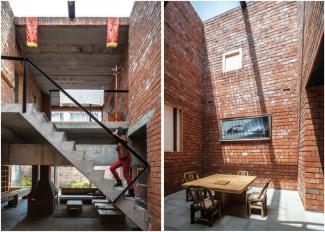
Mapping China: Urbanisation - 5 Cultural Identity of Chinese Cities
Mapping China: Urbanisation - 5 Cultural Identity of Chinese Cities
2011 was a milestone for China as the country’s urban population finally passed the 50% threshold. But the transformation from a rural society to an urban one has not been all that immediate. Demographically speaking, the rapid urbanisation rate not only means that millions of individuals are experiencing a radical change of environment, but also that there is a growing social and psychological gap between generations. Some of the most distinguished urban elites may have parents and relatives residing in a remote countryside, leading a completely rural life. The contradiction between the value of ancestry and family, the legacy of a rural society, and the anonymity that urban life brings is challenging to an urban population attempting to establish a solid identity.
Another challenge to establishing an identity for the cities is the similarity in spatial characteristics among Chinese cities. This was created by a mushrooming urban economy reliant on infrastructure and real-estate development. Thousands of new towns were built in a decade, and it is not very easy to distinguish one from another because lots of them feature high-rise residential islands surrounded by four-track highways connecting them to a few office blocks.
In spite of all these challenges, a new urban culture is forming in Chinese cities. Especially given the fact that the modern urban culture in these cities originated from the West, it is necessary for them to identify what is the Chinese character and what means native, in what is already urban today.


